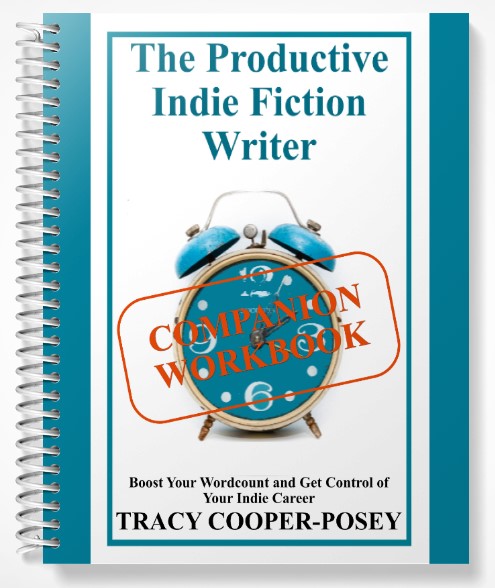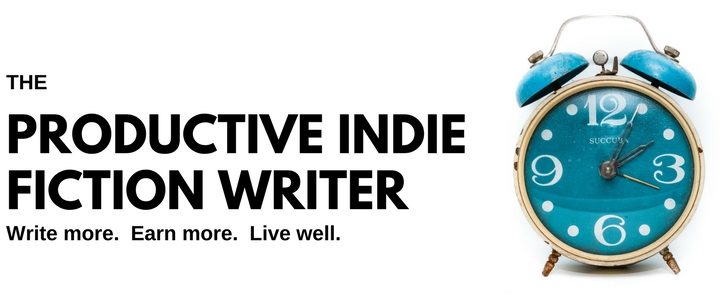
One of my very first jobs, after I left high school, was data entry. Thirty of us would punch in numbers from thousands of sheets of engineering reports that had been collected for a month, from across the state.
Granted, these days, those same engineers would be punching in their own data on a mobile device, and computers would collate the results. But this was the 1980s, and computers were all room-sized hard frames locked inside environmentally controlled atmospheres. The first “personal computer” was a few years away.
Batch processing, which is what data entry really was, wasn’t a new idea even then.
It was actually devised by Henry Ford with his production line, although that wasn’t the name given to it then. Instead of one man building a car, and having to know every single step, plus pick up dozens of different tools to get the thousands of jobs done to finish a car, Ford set up production lines. A car would move down the line, and each worker would complete just one task, until a car emerged at the end of the line, fully built.
Each worker would only have to know and be competent in their single task, and they would not have to pick up and put down different tools. It would save time and build expertise into every step of the car’s construction.
These days, the idea of production lines and workers completing a single task on that line is so baked into retail and manufacturing, that we barely give it a second thought.
It just makes sense.
But have you thought about applying it to your own business? To your writing practice?
Batch Processing for Indies
If you think about the tasks, you repeat over and over (downloading sales reports, for example), then can you batch the task so that you’re completing all those repetitions in one pass?
Continuing the example, can you wait until the end of the month to download all the sales reports for the last month from all the retailers, in one ten-minute task? Bookmark the download pages, and open them with one click, then move through them quickly and click for the reports. Once they’re downloaded, rename them, and file them where they need to go.
Batching, like this, saves time and effort. All the tools you need are to hand. Little efficiencies build into the task: You’re not opening your web browser ten different times. You’re not pulling up your bookmarks folder ten different times. And so on.
Macro and micro batching
You can batch big projects and smaller, regular tasks.
An actual smaller task that I batch – although, actually, it isn’t all that small, for it takes up hours each week – is dealing with BookFunnel Promos.
I submit the books of all the authors at Stories Rule Press into many promos each month.
If I wasn’t batch processing the work, submitting to a single BookFunnel promotion would involve:
- Reading the daily email and finding a promo I’m interested in submitting a book to.
- Opening my browser and downloading and saving the promo information to OneNote
- Deciding what books to submit and adding that information to the page in OneNote.
- Building landing pages for those books (if they don’t have landing pages already)
- Submitting to the promo.
- Adding the promo’s link to my Editorial Calendar on the appropriate date
- Writing an email that promotes the promotion and sending it to my readers.
Repeat that a few times a day and you’d be driven crazy and run out of time to do anything else.
Instead, I clump a lot of the work into batches.
- I read the email from BookFunnel each day, click through to Chrome, and download any likely promos from that day to OneNote, where they sit in my inbox until later.
- Once a day, I clear out my inbox in OneNote and push all pages to their appropriate notebook or delete them. BF Promos are added to the inbox in my BookFunnel Promo notebook.
- Once a day (also a separate task), I submit to 3 to 5 Promos:
- I file the promo in the appropriate month’s section (some are scheduled for over a year later)
- And I only submit to promos for next month – the later ones I’ll get to in time.
- I’m always working a month ahead (so, this month, I’m submitting to December promos), so any promos that start earlier than that are discarded. There are always more promos, so this isn’t the loss it sounds like. I don’t have time to go back and write emails for dates I’ve already dealt with.
- I add a link to the promo’s OneNote page to my email & blog post schedule (i.e. my Editorial Calendar), so I can refer to the page when it comes time to write the email for it.
- I also write blog posts and emails once a day, moving as swiftly through them as possible. BookFunnel promos are included in these, so I’m in writing/communications mode when I come to them.
There are many repetitive tasks that can be broken up and batch-processed in this way. Keep an eye out for things you do every day or every week, which have a few different steps. Can you separate the steps into their own unique process?
Tasks that involve opening several different programs or folders are also good candidates.
Blog post writing is another batch-able task: Brainstorm topics in one session. Write in another. This gets the mind working along a single channel for the duration of the session, instead of having to switch mental tracks all the time.
____
Then there are the big tasks; special projects and large chores. For example: Every time a new distributor opens up to which we decide it is worth adding our catalogue. As Stories Rule Press has over two hundred titles in at least two different formats (ebook and print), this could involve adding over 400 items to the new distributor. At an average rate of, say, five minutes per title, that’s a lot of hours.
We just went through the process of re-linking all our SRP paperbacks to BookVault when a new integration plug-in was introduced. That also took multiple hours.
You might be looking at a review of all your email autoresponders, or, as every indie has just gone through: Changing your categories on the Amazon dashboard, for every book, in every format.
Batching, in this case, is batching the whole job. Clear the decks and take two whole days and do nothing but the project at hand.
This is an effective tactic when time is a factor. It is important for discovery that your Amazon categories are all updated, for example, so taking a chunk of time to get the categories changed on all your books and all their editions is a good move.
But even inside this potentially massive project, you can micro batch. Spend the first half of the project’s time researching categories and deciding which three suit each of your books, first. Only after you have made all your decisions and completed your research, do you open up the Amazon dashboard and actually change all the categories for each of your books.
Things go much faster if you’re not trying to remember multiple steps for each book and switching between category research and clicking through the KDP dashboard for each book.
I have several hours in the evening dedicated to dealing with these big, batched projects. I have each project listed in priority order with its deadline (if there is one), and I move through them steadily.
But I also chunk down a lot of big projects. Chunking is the opposite of batching, and we’ll look at chunking, next week.


Write More, Faster Than Ever Before
The Productive Indie Fiction Writer Workbook now available for pre-order!
